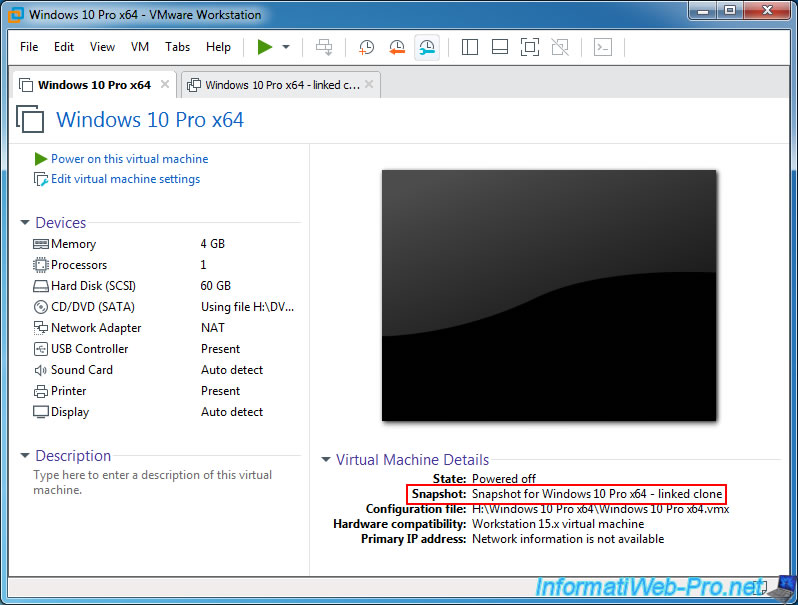

For more information on what image to download, we have written up a guide. We select “ Browse”, and navigate to the location of the ISO that we downloaded. On this screen, we select the Kali Linux image to use to install from. However, most users do not have their Kali Linux VM using all these extra resources (see screenshot below), so they wouldn’t benefit from having the latest profile, which is why we ship with a older profile. This will remove any limitations caused by older VMware profiles. If you are using a later version of VMware than v8, upon start up, VMware will prompt about upgrading the VM. This allows for more users to benefit from Kali Linux out of the box (without having to edit the. The next screen is “Virtual Machine Hardware Compatibility”, which we use “ Workstation 8.x”. When you have the option, select “ Custom (advanced)” for the Virtual Machine Configuration, as this will allow us to have more control over the creation of the VM. Upon starting up VMware Workstation, select “ Create a New Virtual Machine”. You will need to enable virtualization in your BIOS/UEFI for (e.g.


 0 kommentar(er)
0 kommentar(er)
